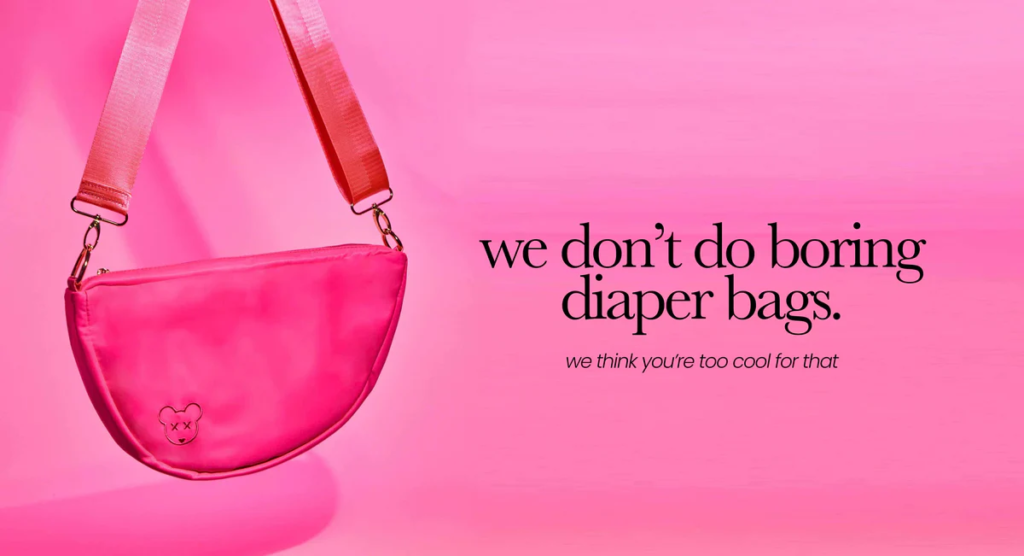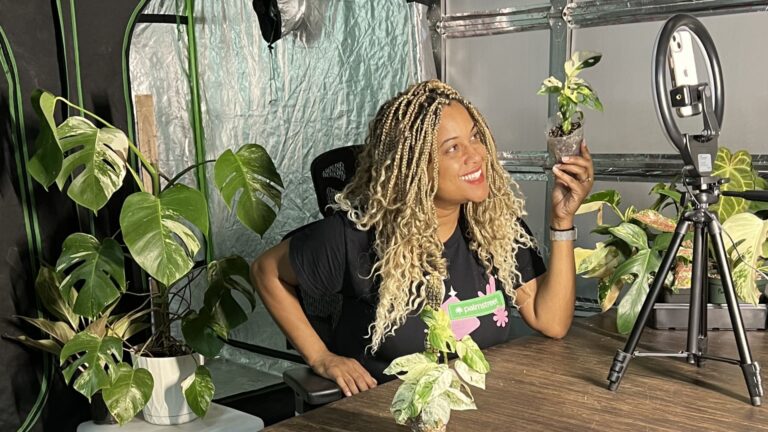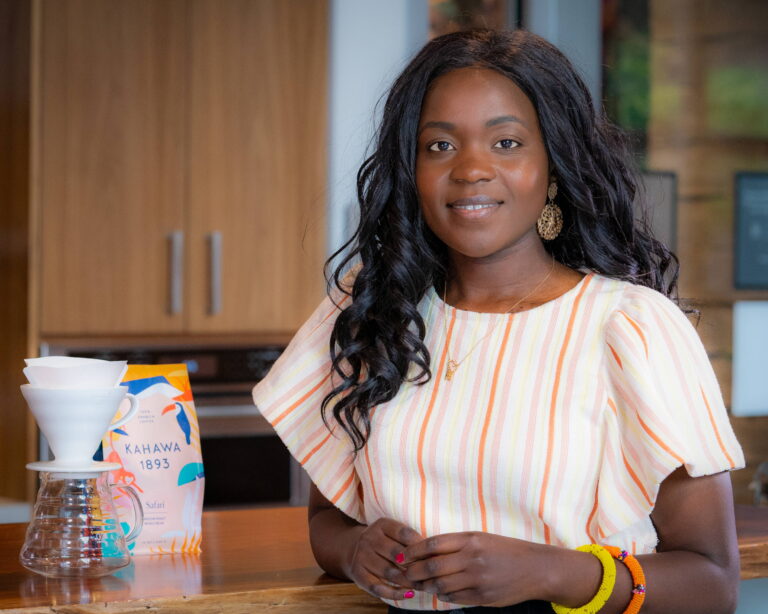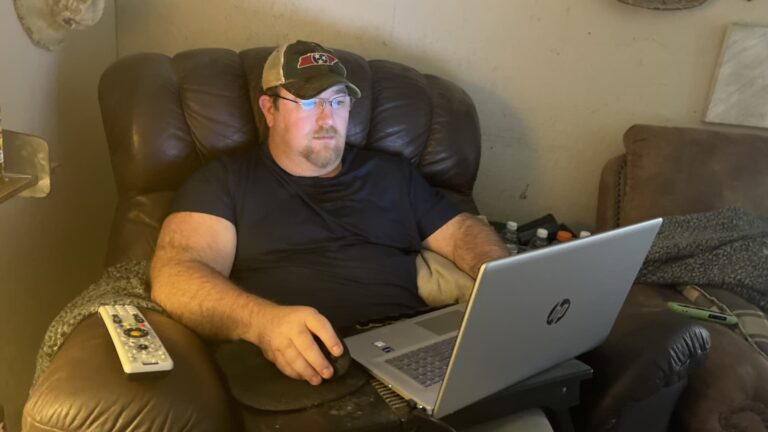How This 41-Year-Old Built a $600,000 Side Hustle While Working Full-Time (and How You Can Too)
A 41-year-old makeup artist turned her frustration into a thriving $600,000 side hustle. Discover how Citymouse founder Alexandra Rutkay built a business that’s both profitable and purpose-driven.
Key Takeaways
- Specificity Wins: Niche down and solve a hyper-specific problem people care about.
- Consistency is King: Treat your side hustle like a business, not a hobby, or watch it fail.
- Fail Fast, Pivot Faster: Know when to pivot or kill your idea to save time, money, and sanity.
- Control Over Everything: Bootstrapping lets you move fast and stay nimble.
- Emotional Connection Scales: Products that hit people emotionally can dominate markets.

Six Figures from a Side Hustle? Yes, It’s Possible
If you’ve ever looked at your bank account and thought, “This can’t be it,” you’re not alone. Alexandra Rutkay, a 41-year-old mom and full-time makeup artist, felt the same way. But instead of settling for frustration, she did something about it.
She started a side hustle called Citymouse—a line of chic, functional crossbody diaper bags—and grew it to $600,000 in annual revenue in just over a year. She didn’t have a degree in business. She didn’t have investors. She didn’t even tell her husband about her idea at first.
Yet today, she’s running a wildly successful business that’s changed her life and her family’s financial future. And in this article, I’ll break down exactly how she did it—and how you can apply these lessons to build a side hustle that works for you.
Lesson 1: Solve a Real, Specific Problem
When Alexandra’s son turned 18 months old, she was excited to finally ditch the bulky diaper bags and start using her beloved designer purses again. But as she prepared for a family dinner, she realized her Saint Laurent crossbody couldn’t handle snacks, wipes, or emergency pull-ups.
“I was so mad about it,” Alexandra says. “I thought, *‘There has to be something better. Everything is either frumpy or totally impractical.’”
This frustration was her lightbulb moment. She wasn’t just annoyed—she had stumbled on a real, unmet need. Moms like her needed something functional but stylish, a way to feel like themselves again while still being prepared for their kids.
The takeaway: The best business ideas come from solving real problems. Start by asking yourself, “What do I wish existed in my life right now?” If you’re struggling with something, chances are, other people are too.
Lesson 2: Treat Your Side Hustle Like a Business, Not a Hobby
Here’s where most people get it wrong. They start a side hustle with half-hearted effort, treating it like a hobby. Then they wonder why it doesn’t make real money.
Alexandra took a different approach. Even while working 16-hour days on film and TV sets, she carved out 40 hours a week for Citymouse. She focused on product development, customer research, and marketing like a true professional—not someone dabbling in their spare time.
She even hired her husband, David, as Citymouse’s first full-time employee. He quit his job to handle operations, logistics, and customer service. This was a bold move, but it worked because they treated Citymouse like a real business from day one.
The takeaway: A side hustle doesn’t become a six-figure business by accident. If you want serious results, you need to bring serious effort.
Lesson 3: Know When to Pivot
When Alexandra launched Citymouse, she thought she knew her ideal customer: urban moms like herself. She positioned her brand as a luxury product for women in big cities.
But soon, she realized something surprising: suburban moms loved her bags too. These women weren’t using the bags for fancy events—they were using them for grocery runs, Target trips, and school pickups.
Instead of sticking to her original vision, Alexandra pivoted. She expanded her messaging to include suburban moms and adjusted her marketing accordingly. This flexibility opened up a huge new audience and helped her scale quickly.
The takeaway: Your first idea is rarely your best idea. Be willing to adapt based on what your customers actually want, not what you think they want.
Lesson 4: Bootstrap Your Way to Success
Let’s talk money. A lot of entrepreneurs think they need investors or loans to start a business. Alexandra disagrees.
“You don’t need outside investments to grow a profitable business,” she says. “In fact, I would go as far as to say, ‘Don’t do that.’ There’s so much power in bootstrapping.”
By self-funding Citymouse, Alexandra kept 100% control of her business. She didn’t have to answer to investors or compromise her vision. Instead, she reinvested her profits strategically to fuel growth.
This approach also forced her to be disciplined. When you’re working with your own money, every dollar counts. You can’t afford to waste time or resources on things that don’t move the needle.
The takeaway: Bootstrapping isn’t just about saving money—it’s about staying in control. Start small, stay lean, and grow at your own pace.
Lesson 5: Learn from Failure (Without Letting It Define You)
Before Citymouse, Alexandra had several side hustles that didn’t pan out. Her most notable flop? A pizza-themed baby milestone blanket.
She invested $6,000 of her own money, found a manufacturer overseas, and launched the product on Amazon. But she made a critical mistake: she didn’t spend any money on marketing.
“I thought if I made a listing with strong SEO, people would magically find it,” she says. “That was absolutely not the case.”
Within four months, Alexandra had to liquidate the business at a loss.
Instead of giving up, she used the experience as a learning opportunity. She realized that even the best product won’t sell itself—you need a strong marketing strategy to get it in front of the right people.
The takeaway: Failure is part of the process. Use it to improve your strategy and move forward smarter, not defeated.
Lesson 6: Build an Emotional Connection with Your Customers
Here’s what sets Citymouse apart: It’s not just a diaper bag. It’s a symbol of empowerment for moms who want to feel stylish, confident, and capable.
“Moms don’t just buy the bag because it’s practical,” Alexandra explains. “They buy it because it makes them feel something.”
This emotional connection is what turns customers into loyal fans—and loyal fans into brand ambassadors.
The takeaway: People don’t buy products. They buy feelings. Figure out what your customers want to feel and build your brand around that.
Practical Steps to Start Your Own Six-Figure Side Hustle
- Identify a real, specific problem: What’s something you or your friends complain about regularly? That could be your business idea.
- Validate your idea: Test your concept with surveys, focus groups, or a small prototype run.
- Invest in marketing: Budget for ads, social media campaigns, or influencer partnerships to get your product in front of the right audience.
- Stay consistent: Set aside dedicated time for your side hustle every week. Treat it like a priority, not an afterthought.
- Be willing to pivot: Listen to your customers and adjust your strategy as needed.
Final Thoughts: Can You Build a Six-Figure Side Hustle?
Yes—but only if you’re willing to put in the work.
Alexandra’s story isn’t about luck. It’s about identifying a problem, staying consistent, and learning from failure. It’s about making smart decisions, taking calculated risks, and focusing on what truly matters.
So if you’ve been dreaming of starting your own side hustle, here’s my advice: Stop dreaming and start doing. Take the first step today, even if it’s small. You never know where it might lead.
And who knows? Maybe a year from now, you’ll be the one running a $600,000 business on the side.
FAQs
1. How much time should I dedicate to my side hustle?
Start with 10–20 hours a week and adjust as you grow. The key is consistency.
2. Do I need a lot of money to start?
No. Many successful businesses, including Citymouse, were bootstrapped with minimal investment.
3. How do I know when to pivot?
Pay attention to customer feedback. If something isn’t working, be willing to try a new approach.
4. What’s the biggest mistake new entrepreneurs make?
Not investing in marketing. Even the best product won’t sell itself.
5. Can I really balance a side hustle with a full-time job?
Yes, but it requires discipline and time management. Focus on high-impact tasks that move your business forward.
6. What’s the best advice for beginners?
Start small, stay lean, and focus on solving real problems.
Talk Resumes with Wealth Waggle
Perfect your resume with AI-assisted feedback and tips (using the latest recruiting intelligence).









